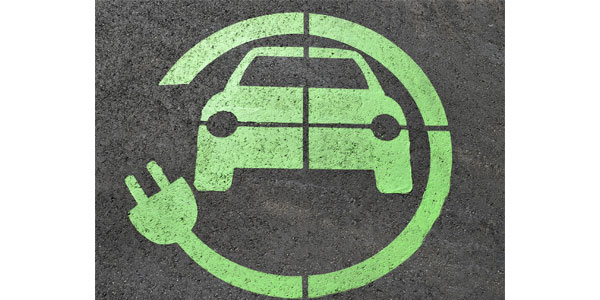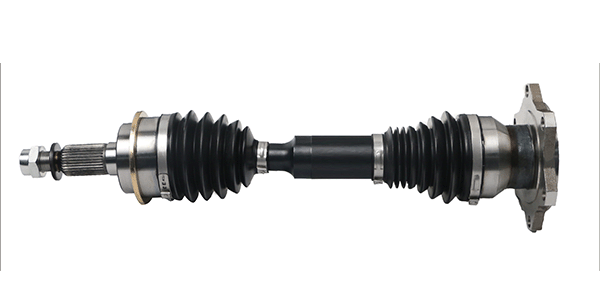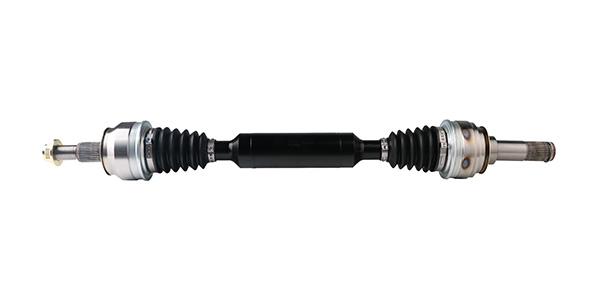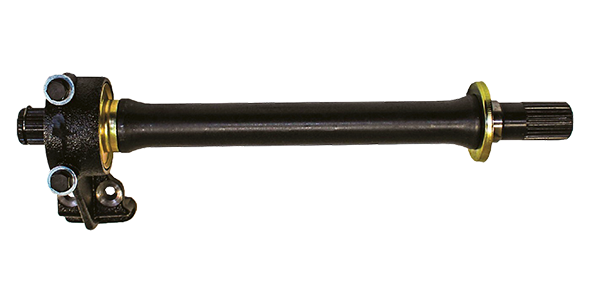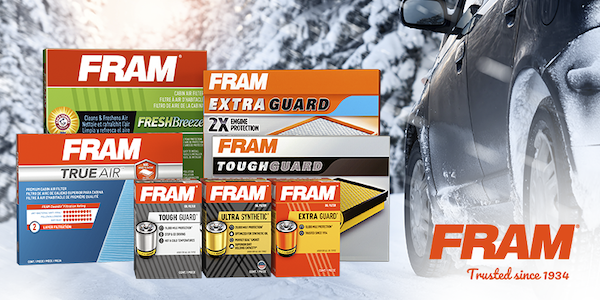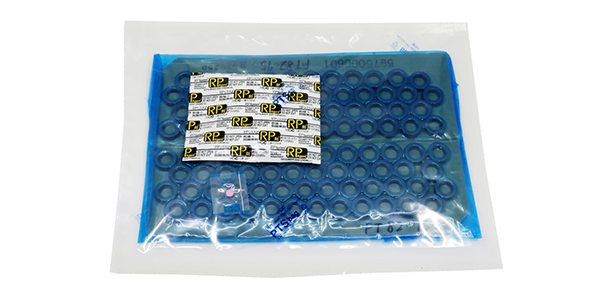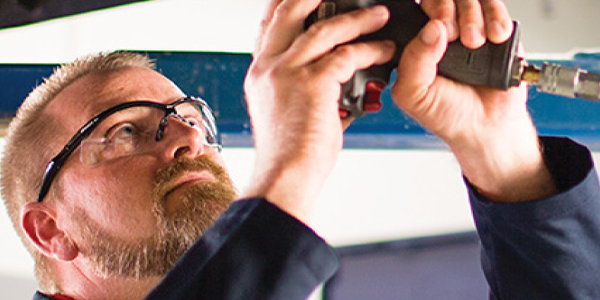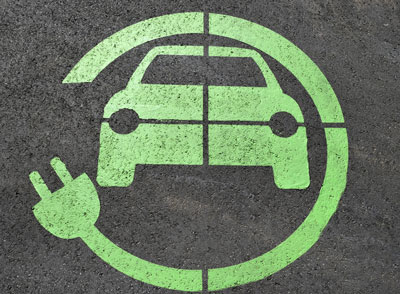
Electric vehicles (EVs) are taking over the roads, with major automakers under pressure to develop full EVs. Volvo will even be electrifying its entire fleet.
Industry experts aren’t sure when EVs will become the standard. However, it’s safe to say once the mid-2020s roll around, EVs will be comparable to, or cheaper to buy and operate than, internal combustion vehicles. Once that point is reached, it’s likely EVs will be on the fast track to market domination.
Much like the auto industry, the aftermarket parts industry will look quite different when EVs take over the market. To stay relevant, aftermarket manufacturers must have a plan for the changes. Which parts will stay, and which parts will be phased out? What new parts will be needed? Here’s a quick look:
Parts That Will Stay
EVs and gas-powered vehicles drastically differ in some ways, but there are parts they have in common, such as:
- Brakes
- Batteries
- Suspension components (shocks, struts, etc.)
- Body parts
Parts That Will be Phased Out
EV motors have about 20 moving parts, a big decrease from the 2,000 moving parts in internal combustion engines. That means a lot of parts will be phased out, including:
- Fuel system parts (fuel tanks, pumps, filters, etc.)
- Engine parts (oil and air filters, spark plugs, starters, etc.)
- Exhaust system parts (mufflers, oxygen sensors, catalytic converters, etc.)
- Multi-gear transmissions
- Clutches
What Will be New?
The rise of EVs also will bring entirely new parts to the table, including:
- Single-speed gear boxes
- Motor controllers
- Electric motors
- Regenerative braking systems
- Electrically driven water pumps, steering pumps, air conditioners, etc.
How Aftermarket Manufacturers Can Adapt
If an aftermarket auto parts manufacturer wants to stay relevant, they’ll focus on the parts that will stick around and those that will come into the picture as EVs rise in popularity. Also, as internal combustion engine part sales drop, manufacturers of those parts will start looking for other parts to make. This will shake things up in the industry.
The parts that are only relevant to internal combustion engines will still be produced by some niche aftermarket parts manufacturers, as it will take a decade or two for demand for these parts to drop. However, these companies will have to figure out how to stay relevant in an EV-dominated market. The bottom line: expect to see a large shift in focus to EV aftermarket parts as EVs become more popular. Also, expect to see a lot of aftermarket companies phase out their internal combustion engine parts to make room for EV parts.
This article was sponsored by GMB North America, Inc. For more information, please visit our website at www.gmb.net

